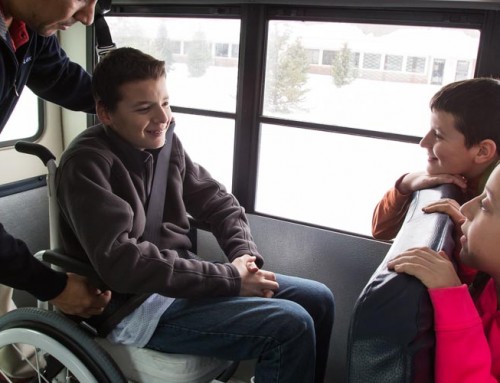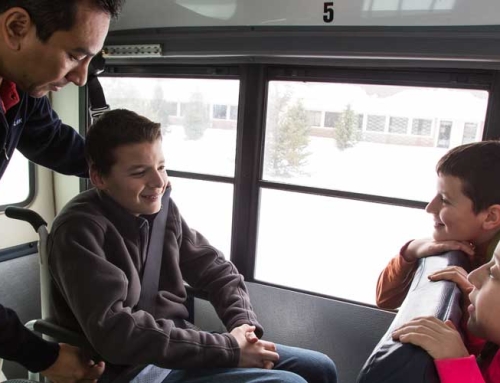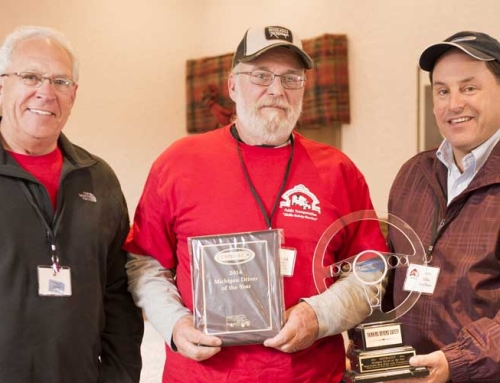While touring Rio prior to the 2016 Paralympic Games, champion wheelchair racer, Hannah Cockroft could see that the city had a lot of catching up to do. She quickly discovered that little had changed since the 2009 decision to hold the games there. Shockingly, local taxis could only transport a maximum of eight wheelchair users. That said, it was obvious there would be much difficulty accommodating the upcoming influx of wheelchair passengers. Unfortunately, this was not the only concern in the not-so-wheelchair-friendly city. As reported in The Telegraph:
“…We went to Christ the Redeemer, which is the icon of Rio, and found you can’t actually get up the top unless you can get out of your wheelchair and use an escalator.”
Where Does the Problem Lie?
This incident highlights a list of questions that are being examined  by the Federal Transit Administration (FTA). Most notably, is the number of passengers with disabilities who are being denied transportation service increasing? As part of the policy and requirements stipulated by the FTA’s own Office of Civil Rights (TCR), which monitors the implementation of and compliance with ADA transportation regulations, complaints were investigated and reviews were conducted. It was found that most issues of trip denial or refusal were caused by wheelchair securement loops that are non-standard and the use of other mobility aids that do not meet the ADA definition of “common wheelchair.”
by the Federal Transit Administration (FTA). Most notably, is the number of passengers with disabilities who are being denied transportation service increasing? As part of the policy and requirements stipulated by the FTA’s own Office of Civil Rights (TCR), which monitors the implementation of and compliance with ADA transportation regulations, complaints were investigated and reviews were conducted. It was found that most issues of trip denial or refusal were caused by wheelchair securement loops that are non-standard and the use of other mobility aids that do not meet the ADA definition of “common wheelchair.”
The organization has an excellent set of safety regulations in place known as WC18 standards for wheelchair tie-down and occupant restraint systems (WTORS). Stipulated by the Rehabilitation Engineering Assistive Technology Society of North America (RESNA), high quality and standardized wheelchair securement loops,  restraints and other products are available, such as the WC18 compliant belts and restraints. It is surprising that the need for standard fixtures and fittings had not risen earlier. In addition to the necessity for common design features in both wheelchairs and wheelchair securement loops, surveys have expressed a need for common markings indicating places on the wheelchair where securing straps and hooks can be affixed.
restraints and other products are available, such as the WC18 compliant belts and restraints. It is surprising that the need for standard fixtures and fittings had not risen earlier. In addition to the necessity for common design features in both wheelchairs and wheelchair securement loops, surveys have expressed a need for common markings indicating places on the wheelchair where securing straps and hooks can be affixed.
Advocates are hopeful that initiatives to educate the community about common wheelchair usage, as well as the implementation and enforcement of an inclusive boarding policy that does not discriminate between standard and non-standard devices will leave role models such as Hannah Cockroft feeling encouraged about the opportunities available for people with disabilities.





